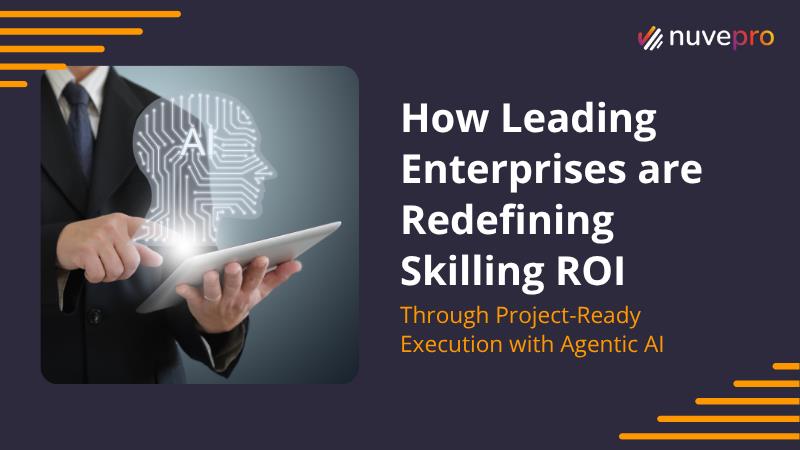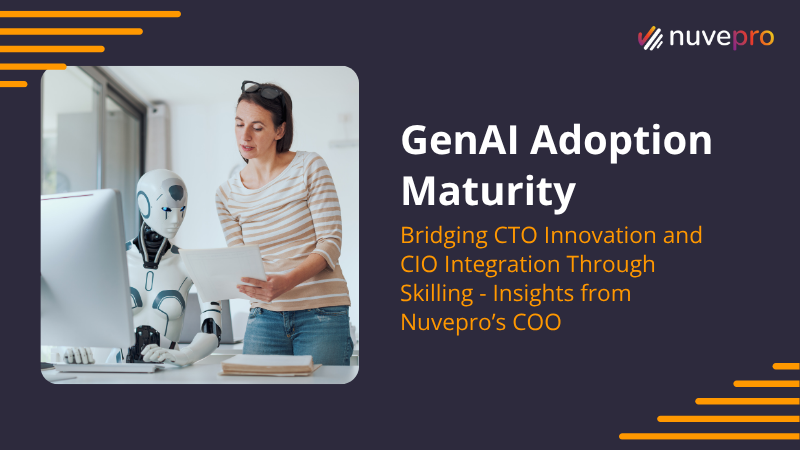It is considered that learning a new skill is paramount to upskilling your professional persona. With the growing competition, the need to switch jobs and move upward comes fast to a lot of us. Learning and acquiring new skills become the first step toward doing it. And now you have decided towards moving towards a new company and you are at the end of your notice period. You are about to start a new job and there is an urge to learn another skill that seems relevant to the new line of business.
You believe that the business managers will appreciate your willingness to learn new skills and your confidence in helping the company grow by accelerating your professional development by gaining the meticulous skills that every company looks for.
And then you go on to advance your career by finding an EdTech institute that provides the best training. You enrol yourself in an Edtech institute that you think will cater to your skills, and you believe this mode of learning will amplify your career and boost your presence in the organization. The training format includes all the relevant content according to the subjects.
Then, you qualify and acquire the certification, but everything seems alien when you start your new job or project.
Why is that so? Why have you not picked up the skillset even after the certification?
Hands-on learning is the right way of experiential learning. It allows people to learn from mistakes safely and learn by practising in real-time. Instead of experimenting while a job is on the line, individuals can explore new ideas and fulfill their curiosity at their speed without risking a critical project. This allows individuals to use their critical thinking skills while using the knowledge they have gained during their training. People learn by making mistakes and figuring out how to rectify or avoid them, and the more this cycle is repeated.
Let us imagine you are a system administrator who wants to learn more about cybersecurity. There is a lot of great content available on cybersecurity, but the most difficult part is getting an environment to practice. How do you get access to a system, application, or network that has vulnerabilities that can be fixed? During the learning, the system that you are trying to patch can get into an unusable state due to a step that went wrong. How do you reset it? These are some of the practical issues which come up when you learn by doing, this helps you make all the mistakes in a safe environment before getting access to a production setup.
Rather than simply prioritizing certifications as the most effective way to learn, enterprises and EdTech companies should prioritize hands-on learning as the most effective way to gain knowledge. The prospect of certifications may seem promising at first, but they are never sufficient in and of themselves. In terms of mastering the skills or being extremely thorough when it comes to knowing-it-all as they proceed with their projects or jobs, this method will not provide your learners with what they require in terms of mastering the skills or being extremely thorough in their understanding.
Finally, Is certification more important than skills?
Certifications are excellent rewards for achievement because they demonstrate your expertise in the field in which you have achieved certification. In the long run, what matters is whether you have the skills and knowledge to carry out your job responsibilities properly. The best way to settle this debate is that combining certifications and hands-on skills will help you move forward in your career and keep you there. Agree? Tap on the link to learn more.




